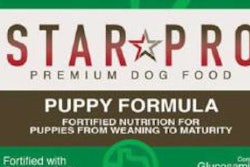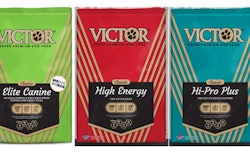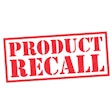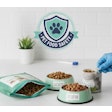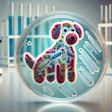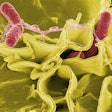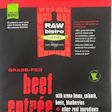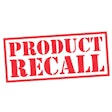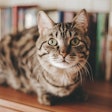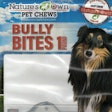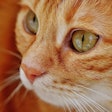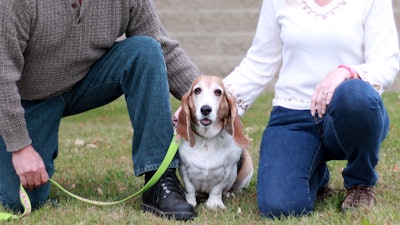
Two pet food companies have recently recalled a large number of products due to potential Salmonella contamination. One of these recalls was even associated with several infants needing hospitalization. Recalls like these can have long-term repercussions for brands’ reputations, along with financial consequences. To avoid these consequences, pet food companies need to prepare for the worst and have a robust food safety program, Trevor Craig, corporate director of technical training and consulting at Microbac Laboratories told Petfood Industry. Testing finished products and the production facility is crucial to control Salmonella contamination.
“Even though a pet may be the primary target for consumption of the food, that doesn’t mean that others can’t be exposed or even consume the food,” he said. “A healthy pet is likely not going to be as seriously affected from Salmonella in food as much as owners and owners’ children.”
Manufacturers can post warnings on their packaging that the product is not intended for human consumption and to keep the product away from children, he said, but ultimately pet owners themselves are responsible for following through with this advice. To reduce risk, pet owners need to keep pet feeding locations away from human dining areas. Pet owners need to wash their hands after handling food and treats.
What to do when Salmonella is discovered in a pet food batch
Ideally, pet food makers will catch Salmonella contamination before it gets into pet owners’ hands. If Salmonella is discovered in a finished product, pet food makers may have options to salvage the product.
“It depends on the type of product, Craig said. “Kibble can sometimes be reprocessed depending on the process, and that can kill off the Salmonella if the environment is cleaned. Raw pet food is not cooked, so they cannot reprocess it in that way. They may have to do a risk assessment to see if there is something they can do before destroying the product. They may look at processes to see if there is a treatment or additive to reduce the Salmonella risk during the process.
“Salmonella is naturally found in a lot of products that are used in the production of both raw and processed pet food,” he said. “To control it, producers can look at treatments such as a ‘cooking’ process when making processed kibble or using antimicrobials or other treatments to reduce bacteria counts in finished products.”




